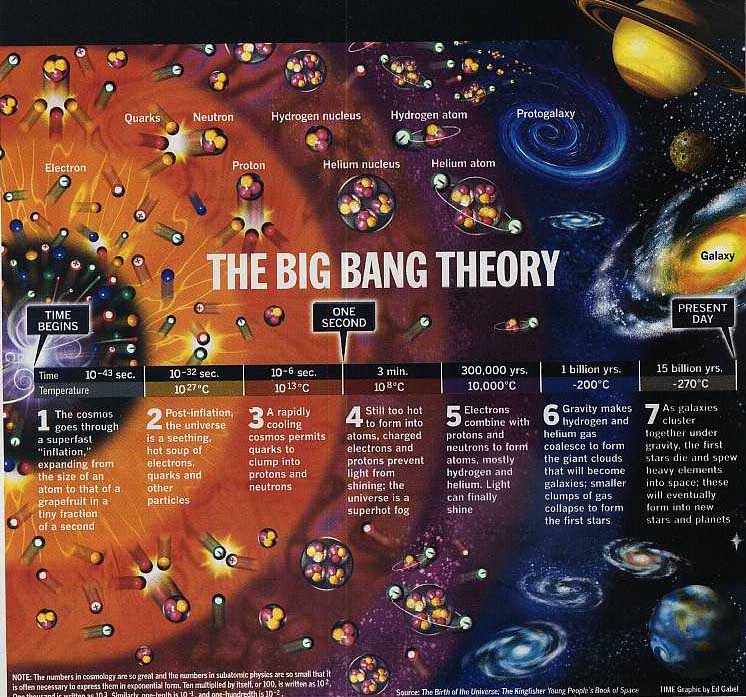Get a paper plate (it works better than styrofoam) or paper towels for this activity.
Fill it with chocolate chips or mini marshmallows and heat in a microwave for 30-40 seconds. The microwave MUST have the turntable REMOVED for this experiment to work.
The microwaved sugar will have dead spots that correspond to the nodes on a transverse wave. Measure the distance between nodes, and come up with an average spacing.
This should be expressed on your blog in cm. This length represents one-half of a microwave. Double it, and you will have the length of your microwave.
This should be expressed on your blog in cm. Using the formula speed= wavelength*frequency, we can figure out how many waves pass through your microwave in a second. Take the speed of light in m/s and divide by the wavelength of the microwave in m (if you have it in cm, you need to change to m by moving the decimal point two places to the left). The number you get will be the number of waves your microwave is producing each second.
This should be expressed on your blog in numbers/second. Write a 1-2 paragraph reflection on this experiment on your blog. Were you surprised at anything in this experiment? Why is a microwave a type of light? **Bonus: why is microwave light important to astronomy.
This assignment is due by Friday, 2/20 for full credit (20 points) You must show a visual of the completed microwave lab (a MMS message to me, a picture on your blog, or a cell phone photo shown to me in class).
The speed of light is 300,000,000 m/s, roughly.






